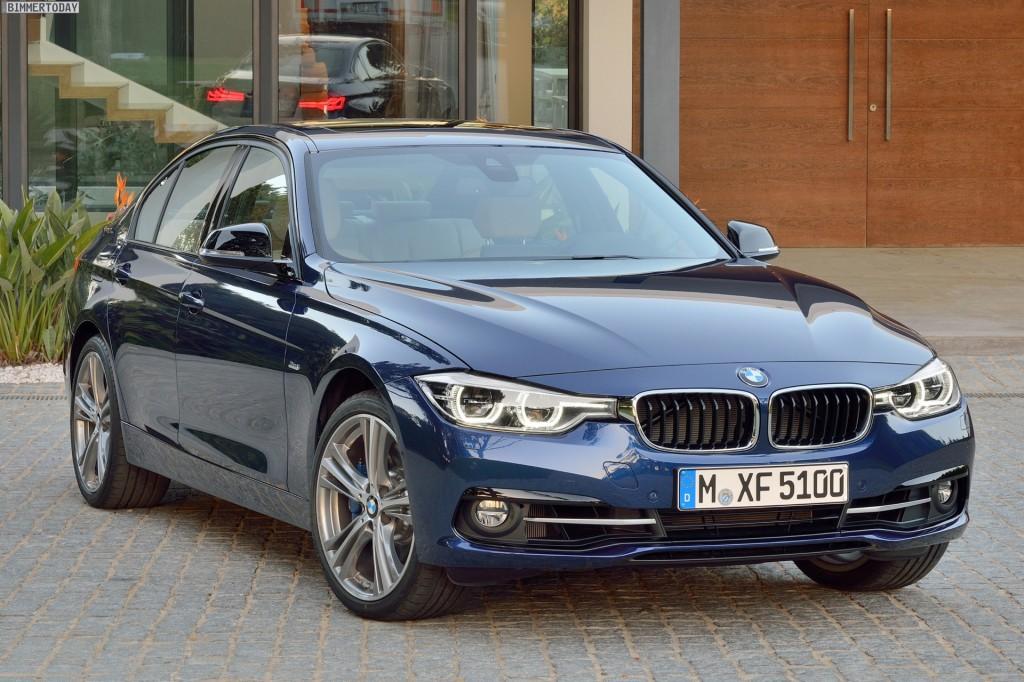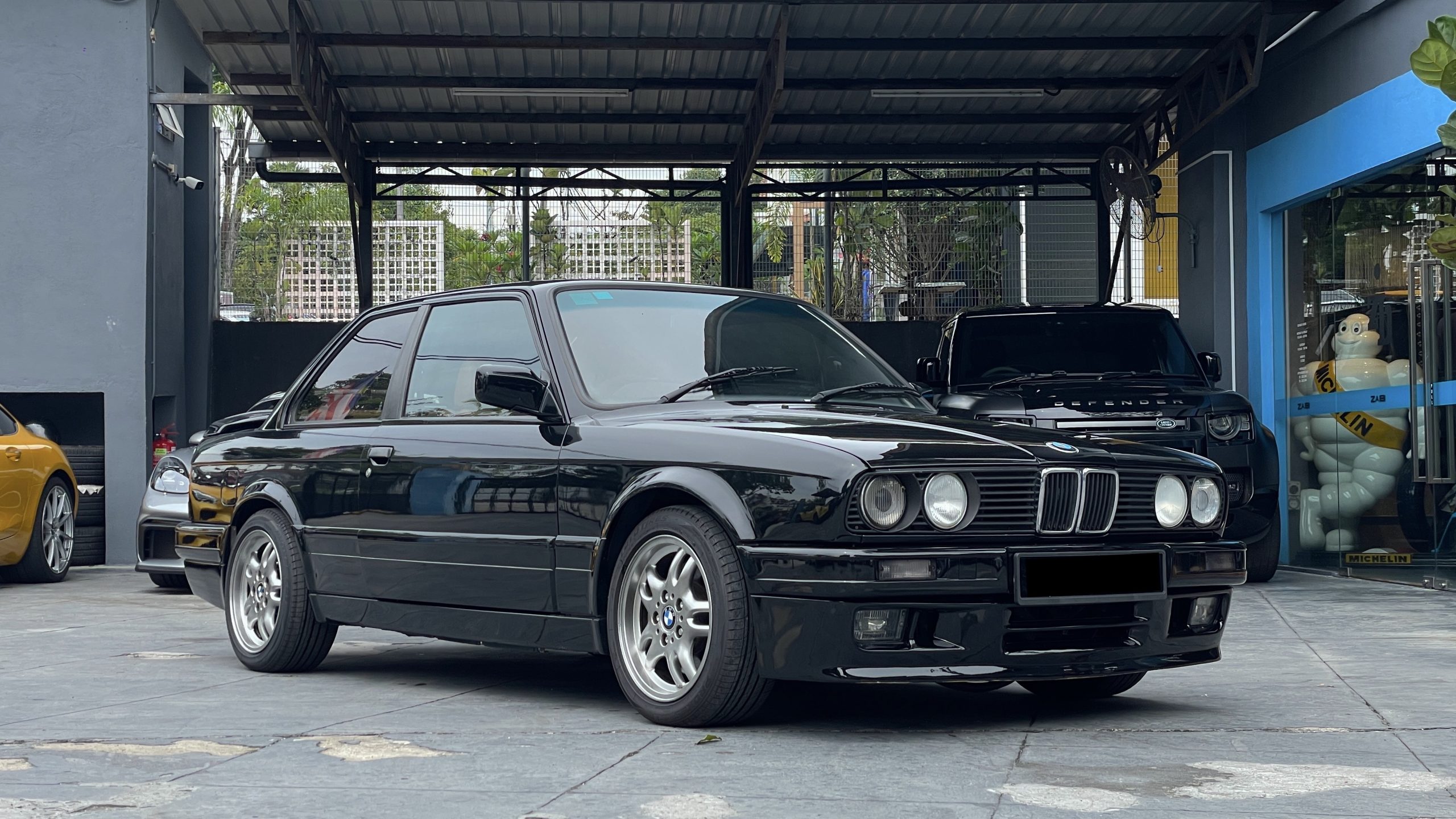The BMW 320i E30: Technical Specifications That Still Impress
The BMW E30. The very name conjures images of classic driving dynamics, timeless design, and a legacy that continues to captivate enthusiasts worldwide. While many E30 models have earned their place in automotive history, the BMW 320i E30 stands out as a particularly compelling example, offering a blend of performance, practicality, and affordability that continues to resonate with drivers today. This article delves into the technical specifications of the 320i E30, exploring what made it a standout performer in its time and why it still holds its own.
A Brief History of the E30 and the 320i
The E30 generation of the BMW 3 Series, produced from 1982 to 1994, marked a significant evolution for the Bavarian automaker. It replaced the iconic E21 and introduced a more refined and modern driving experience. The 320i, introduced in the mid-1980s, was positioned as a mid-range offering, providing a balance between performance and fuel efficiency. It quickly became a popular choice, offering a taste of BMW’s engineering prowess at a more accessible price point.
Engine and Performance: The Heart of the Matter
The 320i E30’s performance was largely dictated by its engine. This is where the technical specifications truly shine.
- Engine Type: The 320i was primarily powered by the M20 inline-six engine. This engine family was renowned for its smoothness, reliability, and distinctive sound.
- Displacement: The engine had a displacement of 2.0 liters (1990cc), a size that offered a good compromise between power and fuel economy.
- Power Output: Depending on the specific model year and market, the engine produced around 125-129 horsepower (93-96 kW). This was a respectable figure for the era and provided brisk acceleration.
- Torque: Torque figures typically ranged from 124-126 lb-ft (168-171 Nm), contributing to the car’s responsive feel.
- Fuel System: Early models employed a Bosch L-Jetronic fuel injection system, while later versions featured Motronic fuel injection, improving performance and efficiency.
- Transmission: The 320i was available with both a 5-speed manual and a 4-speed automatic transmission. The manual transmission is highly sought after by enthusiasts for its direct feel and engagement.
- Performance Figures: The 320i could typically accelerate from 0 to 60 mph (97 km/h) in around 9-10 seconds, depending on the transmission and specific model. Its top speed was approximately 120 mph (193 km/h).
Chassis, Suspension, and Handling: The Driver’s Car DNA
Beyond its engine, the 320i E30’s chassis and suspension played a crucial role in its legendary handling characteristics.
- Suspension: The E30 utilized a MacPherson strut front suspension and a semi-trailing arm rear suspension. This setup provided a good balance between ride comfort and sporty handling.
- Steering: The car featured power-assisted rack-and-pinion steering, offering precise feedback and a direct connection to the road.
- Brakes: The 320i was equipped with disc brakes on all four wheels, providing adequate stopping power.
- Weight Distribution: The E30 boasted a near 50/50 weight distribution, contributing significantly to its balanced handling and cornering ability. This perfect weight distribution is a key contributor to its legendary driving dynamics.
Dimensions and Practicality
While performance is paramount, the 320i E30 also offered a degree of practicality.
- Length: Approximately 170-175 inches (432-445 cm), depending on the body style (sedan, coupe, or convertible).
- Width: Around 65 inches (165 cm).
- Height: Roughly 54 inches (137 cm).
- Wheelbase: Approximately 101 inches (257 cm).
- Weight: The curb weight varied depending on the configuration but typically ranged from 2,400 to 2,600 pounds (1,089 to 1,179 kg).
- Cargo Space: The sedan and coupe models offered a decent amount of cargo space for their size, making them relatively practical for everyday use.
The Legacy of the 320i E30
The BMW 320i E30’s success lies in its ability to blend engaging driving dynamics with everyday usability. Its robust engine, balanced chassis, and timeless design have cemented its place in automotive history. The car’s relative simplicity also makes it a desirable project car for enthusiasts, with a wealth of aftermarket parts and support available.
Conclusion
The BMW 320i E30, with its meticulously engineered technical specifications, continues to impress. Its inline-six engine, well-balanced chassis, and classic design make it a joy to drive and a testament to BMW’s engineering prowess. It’s a car that appeals to both seasoned enthusiasts and those seeking a taste of classic driving enjoyment. The 320i E30’s enduring appeal ensures its place as a beloved icon in the automotive world.
Frequently Asked Questions (FAQs)
What is the fuel economy of a BMW 320i E30? Fuel economy varied depending on driving conditions and transmission, but typically ranged from 20-25 mpg (11.8-9.4 L/100 km) combined.
Is the BMW 320i E30 reliable? The M20 engine is known for its reliability, provided it’s properly maintained. Regular maintenance, including oil changes and timing belt replacements, is crucial.
What are the common problems with the BMW 320i E30? Common issues include cooling system leaks, worn suspension components, and rust (especially in certain regions).
Are parts readily available for the BMW 320i E30? Yes, a wide range of parts are available from aftermarket suppliers and online retailers, making it relatively easy to maintain and restore.
Is the BMW 320i E30 a good investment? The value of E30s, including the 320i, has been increasing in recent years. Well-maintained examples are considered desirable and can be a good investment for the future.




